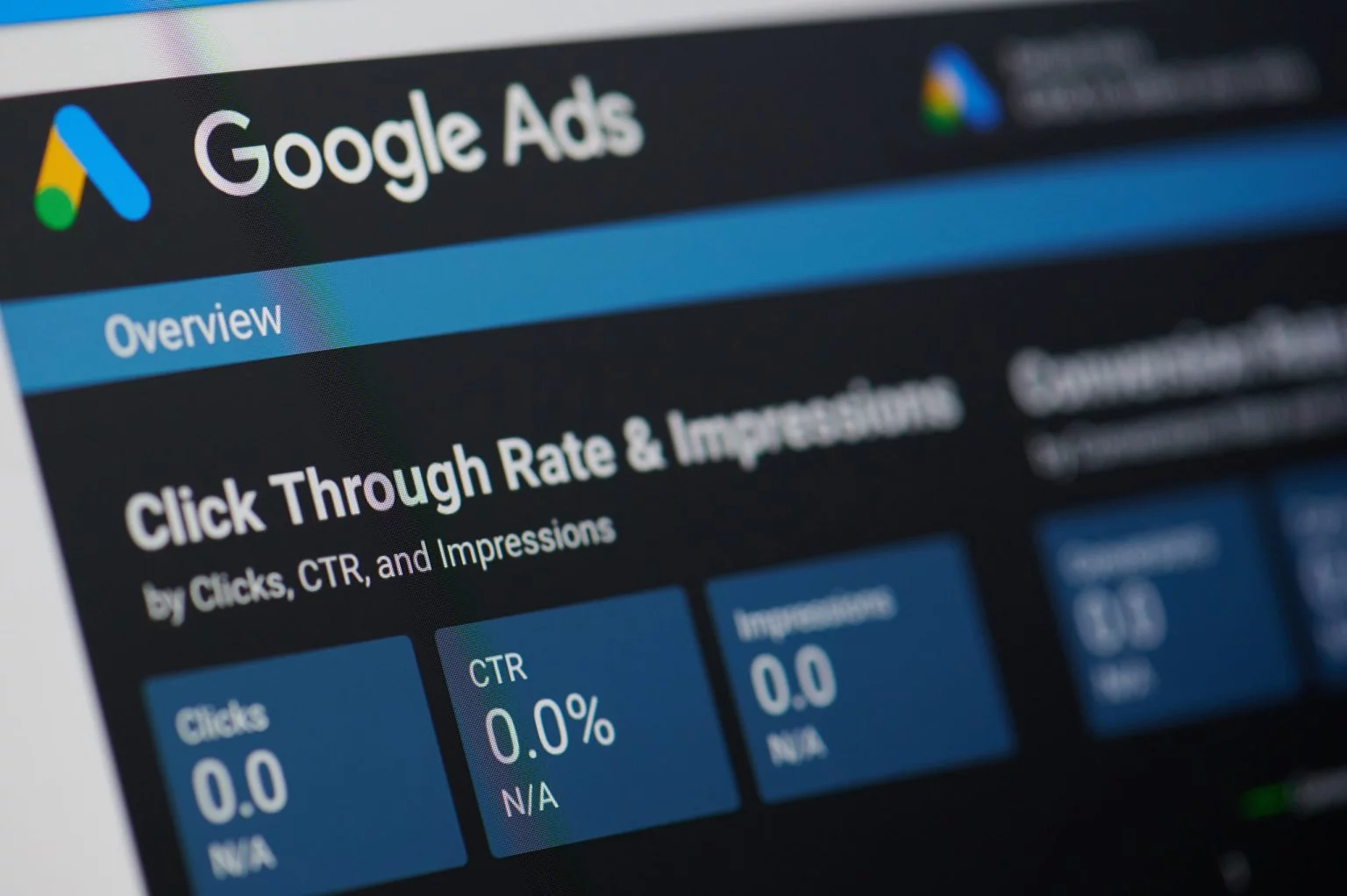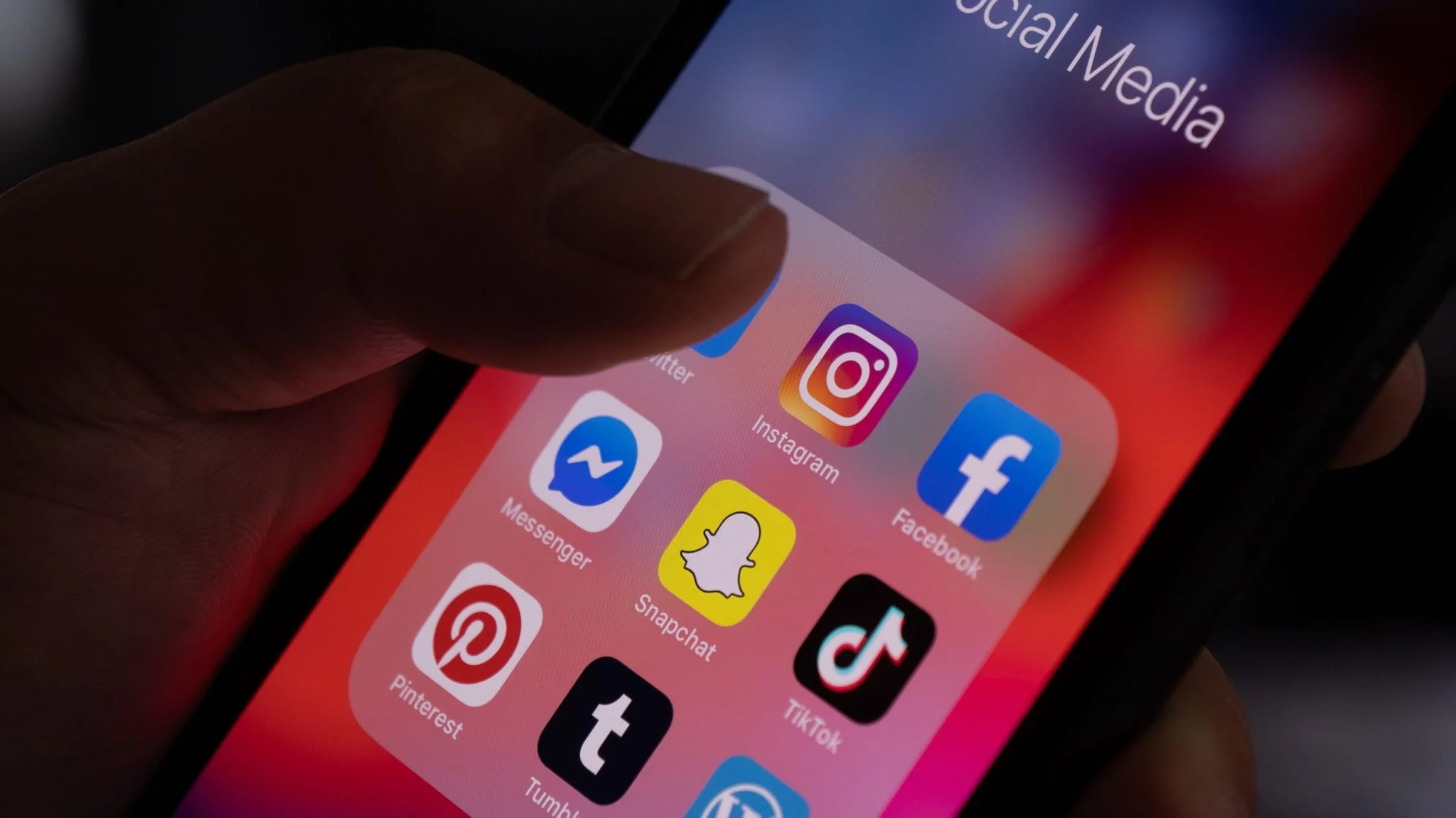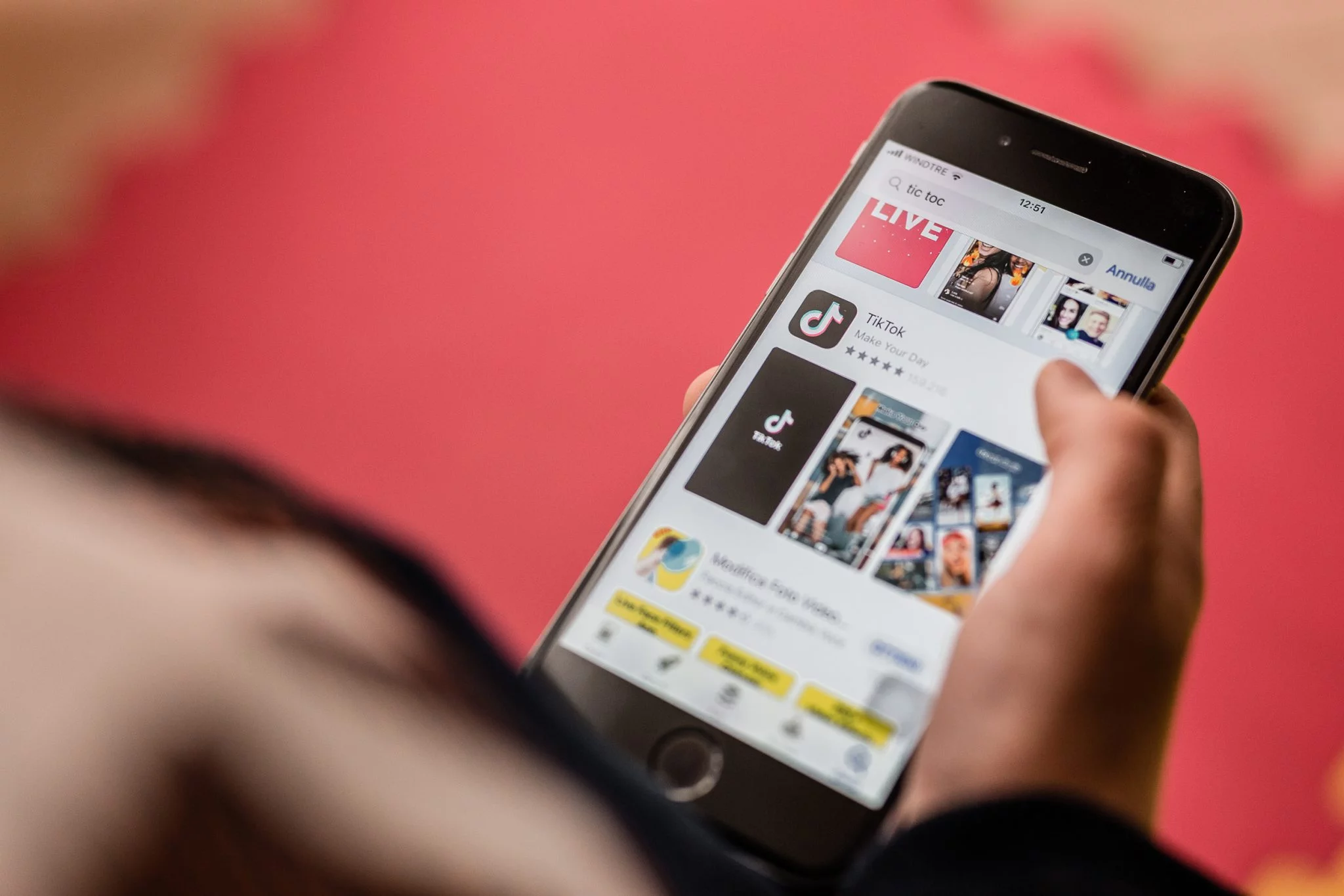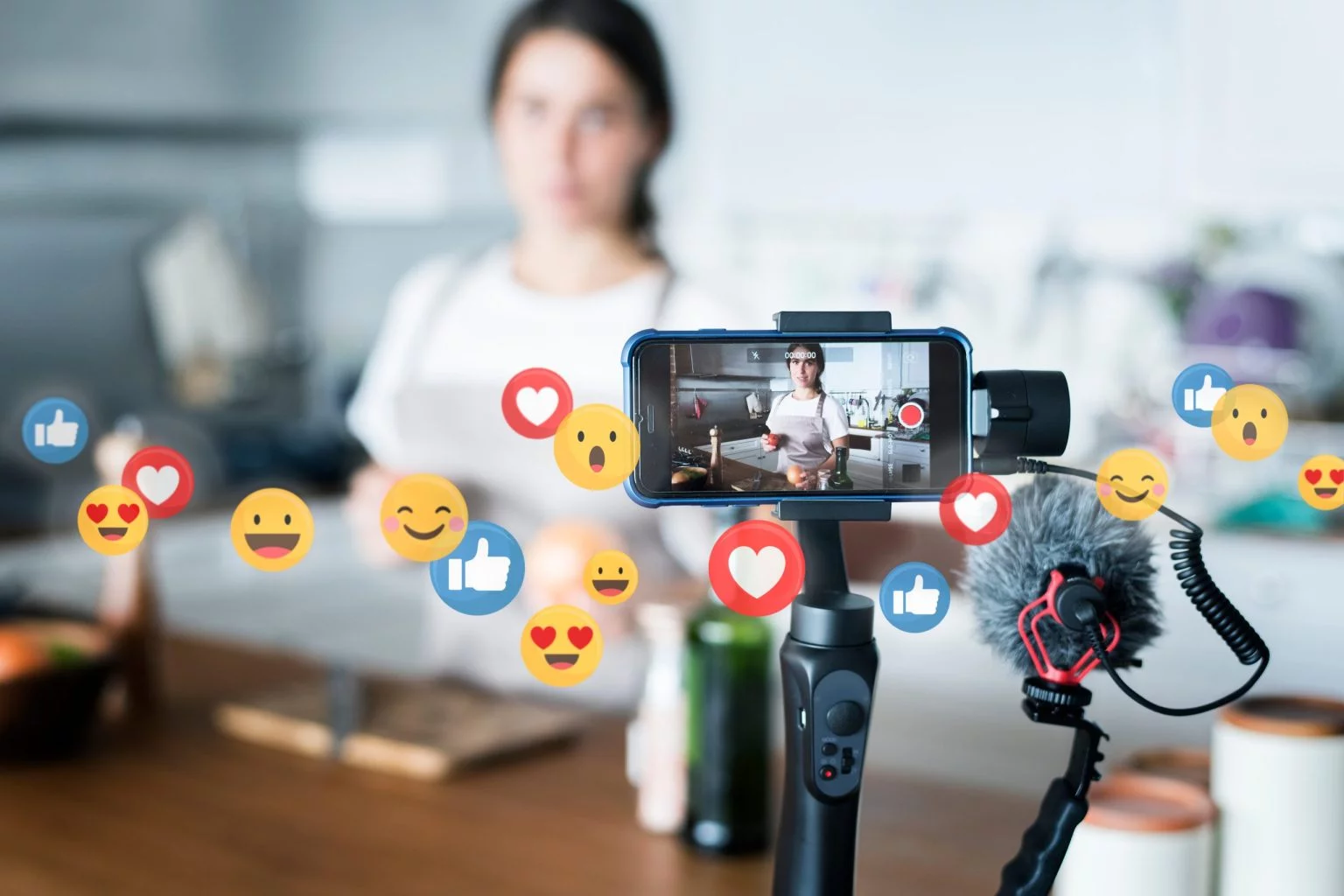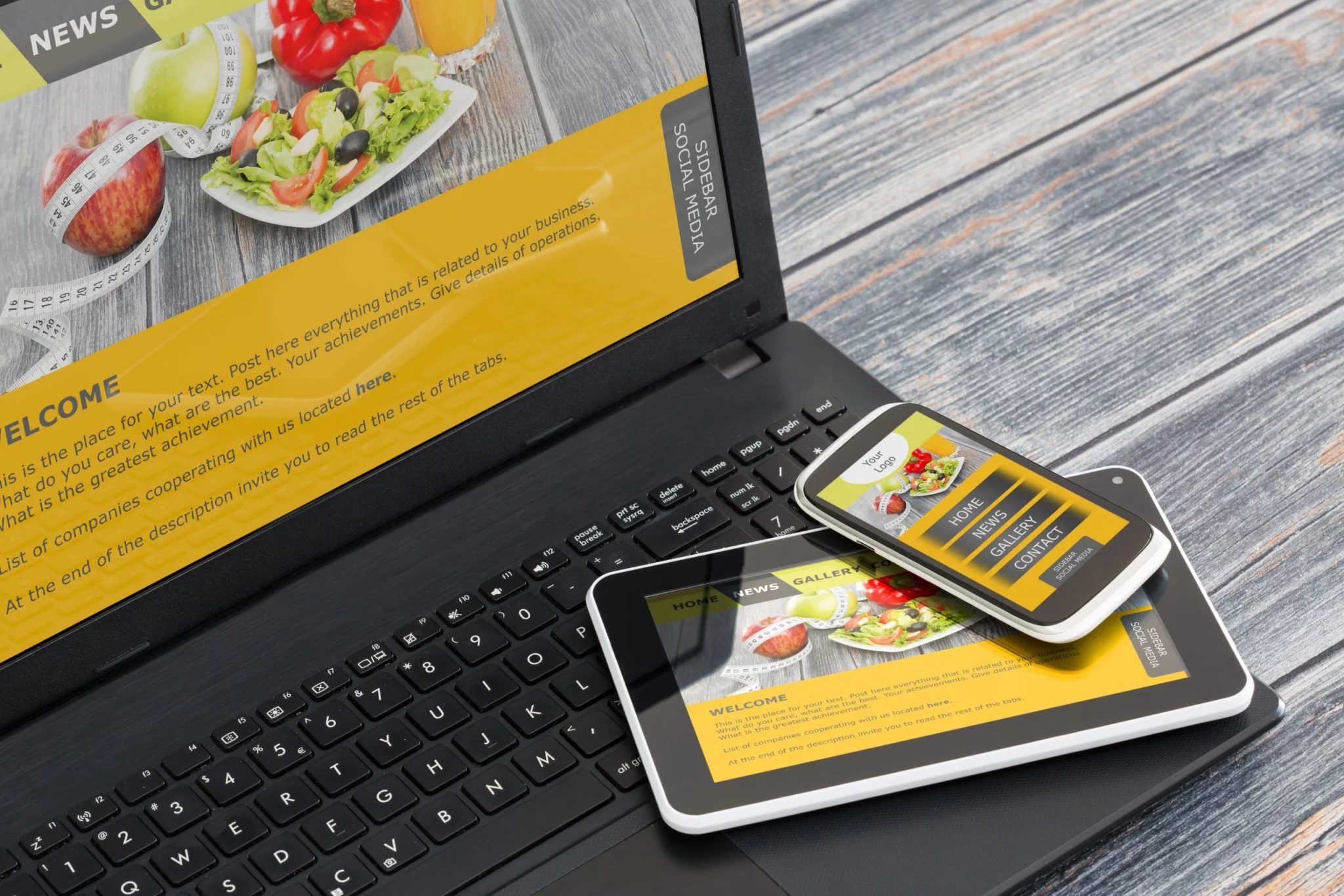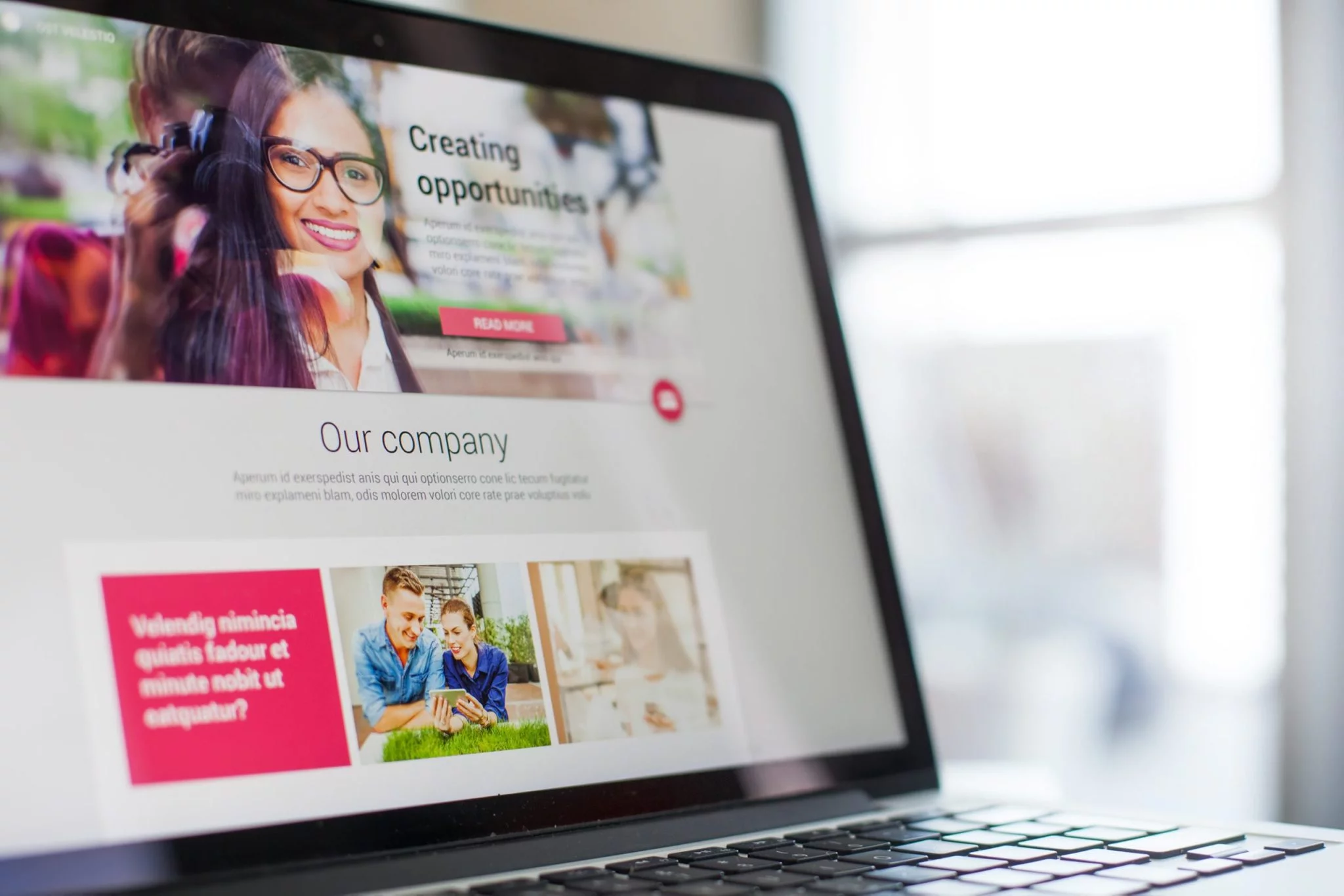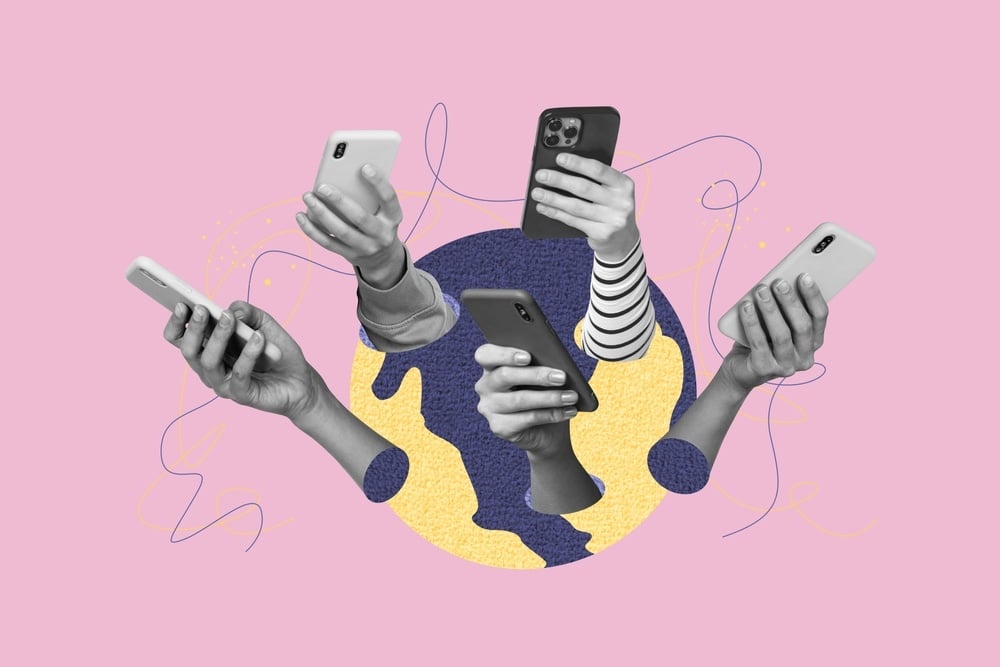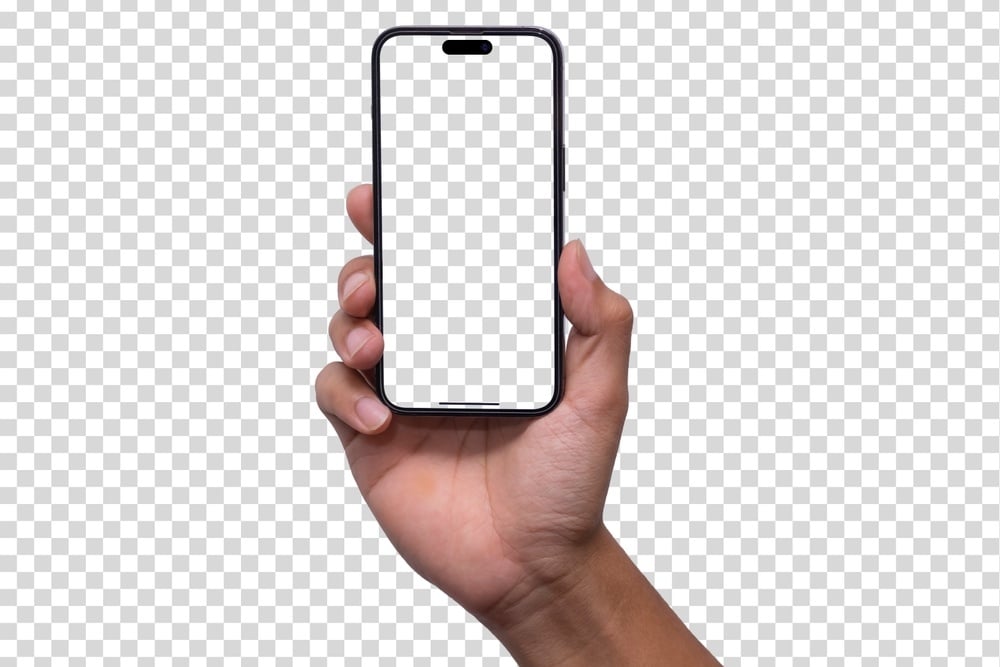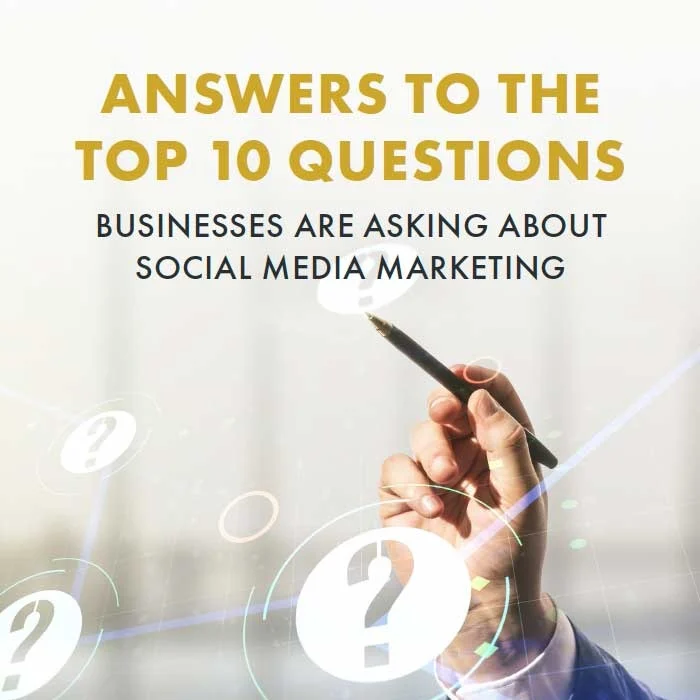
Ever wondered what makes certain content go viral? It’s not just about luck or having a massive following. At the heart of virality lies the strategic interplay of timing and relevance. Understanding your audience's interests and trends at any given moment can make a significant difference.
Additionally, using current events or popular culture can boost the shareability of your content. By hitting the right note at the right time, your message can resonate profoundly and spread like wildfire. Let’s explore how these two key elements can transform your content from just another post to a viral sensation.
Understanding Virality
Virality, in the context of digital marketing, refers to the rapid and widespread sharing of content across the internet. But why do some posts gain traction while others fade into obscurity? The answer usually comes down to two critical factors: timing and relevance. When content is posted at the right moment and resonates with current trends or audience emotions, it has a higher chance of being shared widely. Additionally, understanding your target audience and creating meaningful, engaging content for them can significantly boost your chances of going viral.
Why Timing Matters
Imagine you’re at a party, and someone tells a hilarious joke that gets everyone laughing. Now, imagine telling that same joke the next day to the same group—chances are, it won’t have the same impact. Timing is everything. In the digital world, the timing of your content can make or break its chances of going viral.
Posting at the right time means capitalizing on current events, trends, and your audience's daily routines. It also involves understanding peak usage times for different platforms and tailoring your content accordingly. For example, posting a tweet during rush hour may not have the same reach as one posted during lunch break. By paying attention to timing, you can ensure that your posts are seen and shared by the right people.
Peak Engagement Times
To maximize the visibility and engagement of your content, it’s crucial to post when your audience is most active. These peak times vary depending on your target demographic and the platform you’re using. For example, studies show that:
- Facebook: The best times to post are generally mid-week between 1 PM and 3 PM.
- Instagram: Early mornings and late evenings, typically around 7 AM to 9 AM and 8 PM to 11 PM, are ideal.
- Twitter: Tweeting between 12 PM and 3 PM on weekdays tends to yield better engagement.
Understanding your audience's behavior patterns can significantly boost the chances of your content being seen, shared, and going viral.
Capitalizing on Trends
Another aspect of timing involves leveraging current events and trending topics. When your content aligns with what people are already talking about, it’s more likely to catch their attention. Tools like Google Trends, Twitter Trending Topics, and BuzzSumo can help you identify what's currently relevant.
For instance, during major events like the Super Bowl or the Oscars, timely content related to these events can ride the wave of public interest. However, be mindful of relevance—your content should naturally align with the trend to avoid seeming forced or opportunistic.
The Power of Relevance
While timing gets your content in front of your audience, relevance ensures they care enough to engage with it. Relevance involves crafting content that resonates with your audience’s interests, needs, and emotions.
Know Your Audience
Understanding your audience is the first step to creating relevant content. This involves researching their demographics, preferences, and pain points. Creating buyer personas can be incredibly helpful in this regard. These personas represent your ideal customers and provide insights into what motivates them.
For example, if your target audience consists of young professionals interested in health and wellness, content related to work-life balance, fitness tips, and healthy recipes is likely to resonate with them.
Emotional Appeal
Emotionally charged content is more likely to be shared. People are drawn to stories that make them feel something—whether it’s happiness, surprise, sadness, or anger. Incorporating emotional triggers into your content can enhance its relevance and shareability.
Solving Problems
Content that provides value by solving problems or answering questions is inherently relevant. How-to guides, tutorials, and informative articles are highly shareable because they offer practical benefits.
For instance, a blog post titled “10 Ways to Boost Your Social Media Engagement” is likely to be popular among digital marketers and social media managers because it addresses a common challenge they face.
Combining Timing and Relevance
The true magic happens when timing and relevance intersect. Here are some strategies to help you synchronize these elements effectively:
Content Calendars
A well-planned content calendar is essential for aligning timing and relevance. It allows you to schedule posts around key dates, events, and trends. For example, if you know that National Coffee Day is coming up and your brand sells coffee products, you can plan a campaign that uses this event to maximize impact.
Real-Time Marketing
Real-time marketing involves creating content on the fly in response to current events or trending topics. This approach can be highly effective, but it requires agility and quick decision-making.
A famous example is Oreo’s “You Can Still Dunk in the Dark” tweet during the Super Bowl XLVII blackout. The tweet was created and posted within minutes of the blackout, capitalizing on real-time relevance and timing.
Data-Driven Insights
Leverage analytics and data to refine your timing and relevance strategies. Platforms like Google Analytics, Facebook Insights, and Twitter Analytics provide valuable information about your audience’s behavior and engagement patterns. Use this data to identify the best times to post and the types of content that resonate most with your audience.
Testing and Iteration
Creating viral content often involves experimentation. Test different posting times, content formats, and topics to see what works best for your audience. A/B testing can be particularly useful in this regard. By comparing the performance of two different versions of a post, you can gather insights and refine your strategy over time.
Mastering the Art of Virality
Creating viral content isn’t an exact science, but understanding the role of timing and relevance can significantly increase your chances of success. By posting at the right times, aligning with current trends, and creating content that resonates with your audience, you can maximize your content’s potential to go viral. Remember, the digital landscape is constantly evolving, and staying attuned to your audience’s needs and behaviors is key. Keep experimenting, learning, and adapting, and you’ll be well on your way to creating content that not only engages but also spreads like wildfire.
Do you have any tips on creating viral content? Share them with us! And if you found this article helpful, don’t forget to share it with your network. Let’s keep the conversation going!



.webp)






